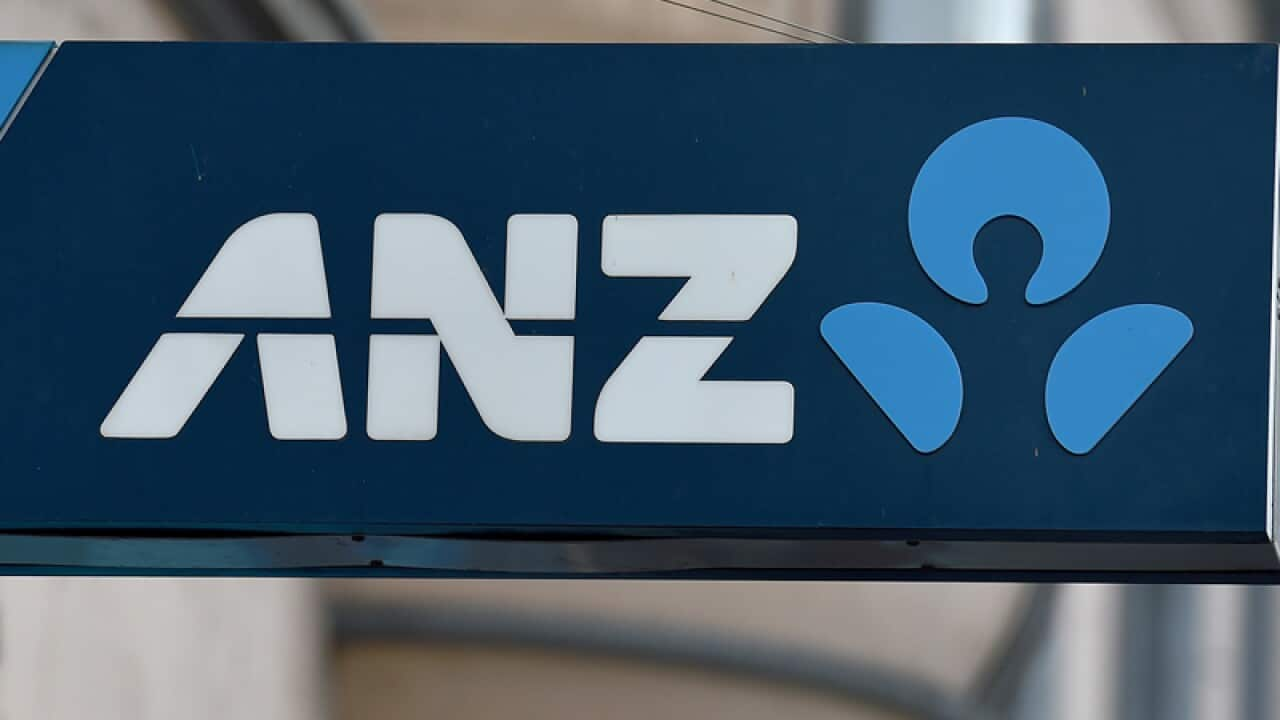ANZ has warned its half year bad debt bill will be at least $100 million worse than previously expected, raising worries about the health of business loans across the banking sector.
ANZ said it expects the additional charge on top of the $800 million it had forecast in February, because of its exposure to the downturn hit resources sector.
"While the overall credit environment remains broadly stable, we are continuing to see pockets of weakness associated with low commodity prices in the resources sector and in related industries," chief financial officer Graham Hodges said.
ANZ said it is continuing to monitor its exposures carefully, and will update the market with any changes in the credit outlook.
The announcement sparked concern for the wider banking sector, wiping billions of dollars from their market value.
ANZ shares dropped $1.32, or 5.2 per cent, to $24.02, while Westpac dropped 4.6 per cent, National Australia Bank shed 3.5 per cent and Commonwealth Bank lost 2.45 per cent.
"What ANZ has said about bad debts is going to be extrapolated to the other major lenders," IG market strategist Evan Lucas said.
"It will have a far-reaching impact, because there will be questions on whether lenders are underestimating the stress."
In its own market update, Westpac said it was comfortable with its commercial lending business, but highlighted some pockets of stress in consumer loans, primarily in Western Australia and Queensland, states heavily exposed to commodity prices.
Among the big four banks, CBA holds the maximum exposure to the commodities sector, at two per cent of its loan book, while ANZ is next at around one per cent, according to analysts.
Companies in the energy and resources sectors have been battered by prices for iron ore, coal and crude oil slumping to decade lows in recent months.
The likes of BHP Billiton, Rio Tinto and Shell have recently suffered losses on the back of waning demand in China and rising global supplies.
"This is a challenging part of the cycle for these customers with implications for the banking sector as individual circumstances evolve," Mr Hodges said.
ANZ's half year ends on March 31.
Its first quarter cash earnings rose 3.5 per cent to $1.85 billion, but net profit, including one-off expenses, was down about three per cent to $1.6 billion.
The bank will announce its half year financial results on May 3.
"The blowout in the bad debts is not something investors are happy with. But the bottom line is that the credit environment is quite stable," Macquarie Private Wealth division director Lucinda Chan said.
Share

